Tag: pollution
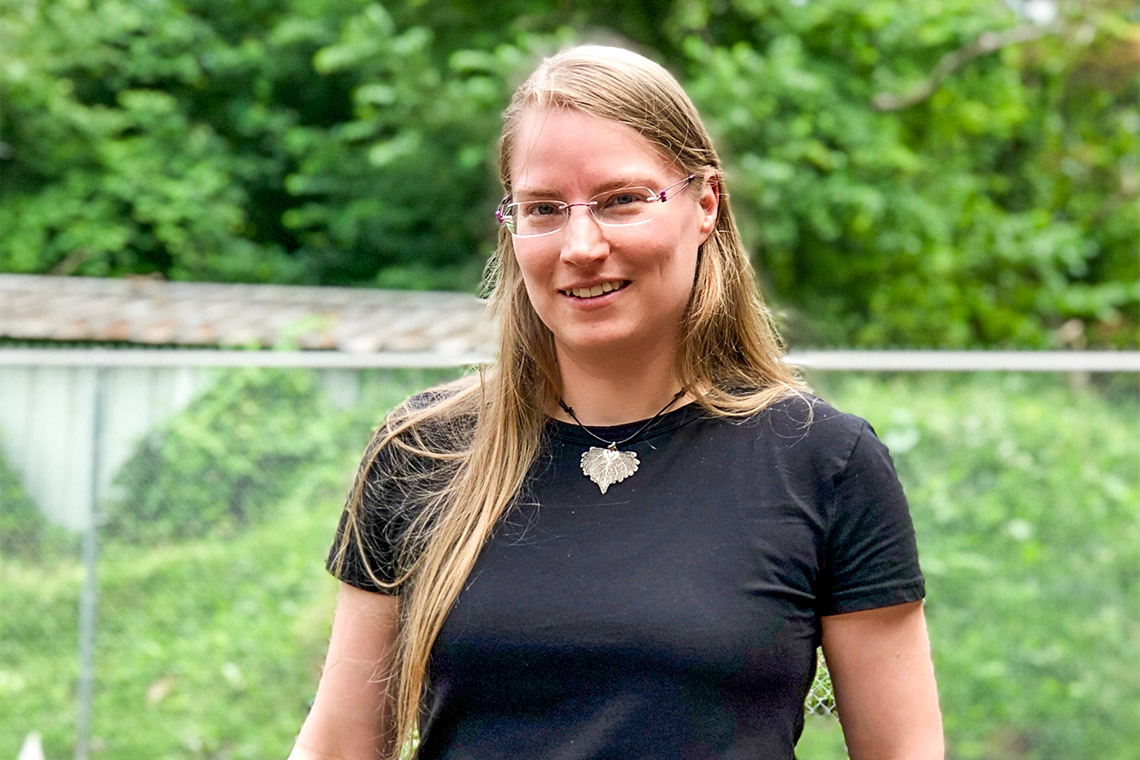
Forests for the future: U of T researcher seeks to make trees more resilient amid a changing climate
Katharina Braeutigam, a plant epigeneticist at the University of Toronto, wants to grow trees fit for a future climate.
By studying plants at the molecular level, Braeutigam looks at how trees respond to external signals such as drought, and how they record “memories” of stress. She also researches how they respond to internal signals – specifically those that determine sex.
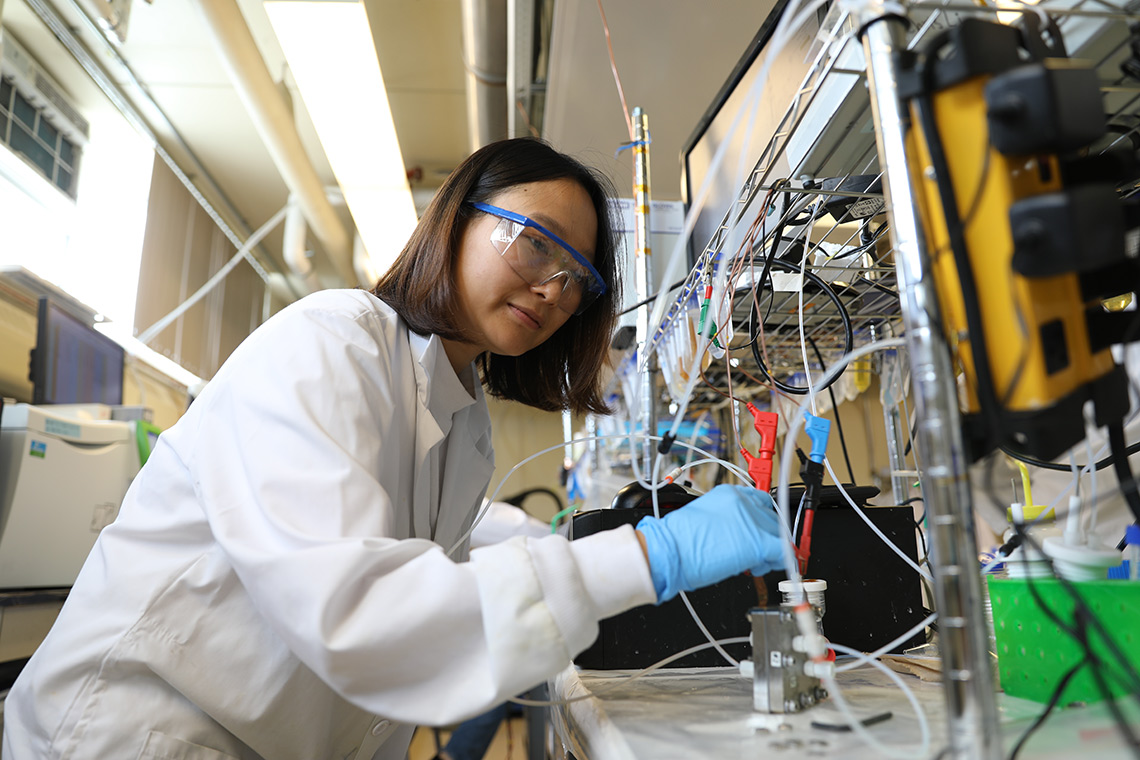
Out of thin air: U of T researchers shorten path to capturing and recycling CO2 with new process
A research team from the University of Toronto has developed a new electrochemical path to transform CO2 into valuable products such as jet fuel or plastics. The technology could significantly improve the economics of capturing and recycling carbon directly from the air.
“Today, it is technically possible to capture CO2 from air and, through a number of steps, convert it to commercial products,” says University Professor Ted Sargent, in the Edward S. Rogers department of electrical and computer engineering, who led the research team.
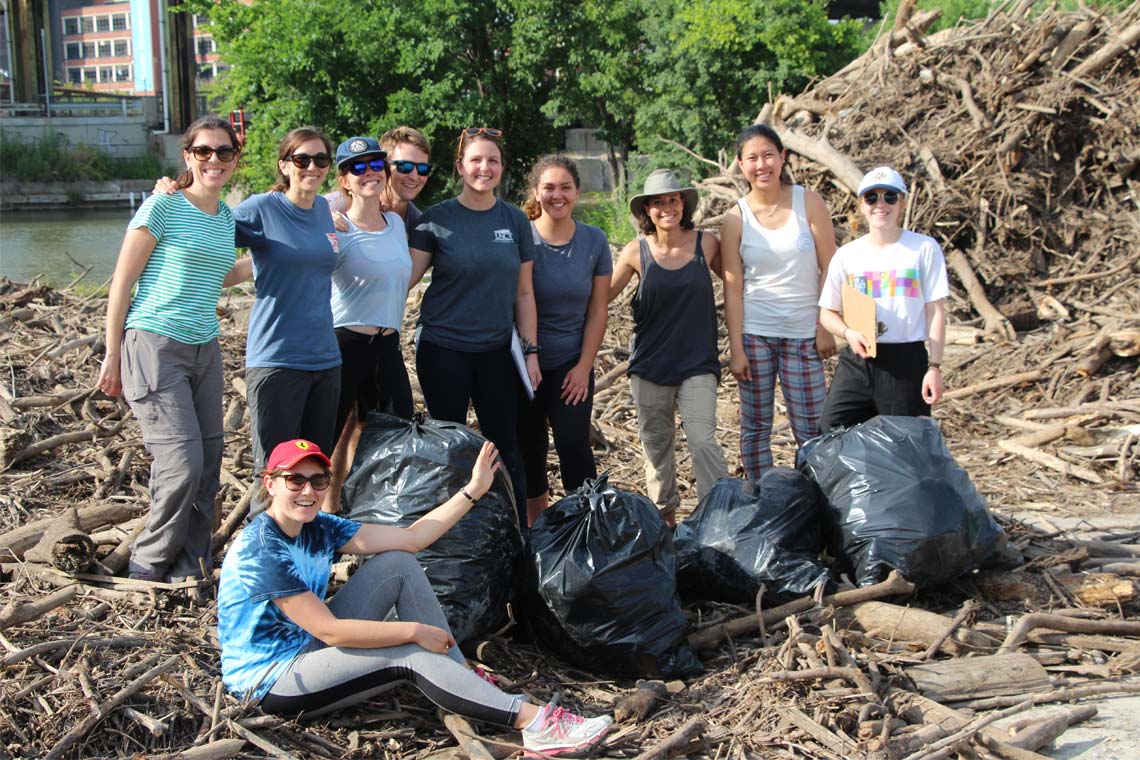
The last straw: U of T ecology expert, students create inventory of plastic litter that collects in the Don River
On a hot and muggy July day, Chelsea Rochman, an assistant professor of ecology and evolutionary biology at the University of Toronto, and a group of students made their way to the mouth of the Don River, armed with gardening gloves, garbage bags and a first aid kit.
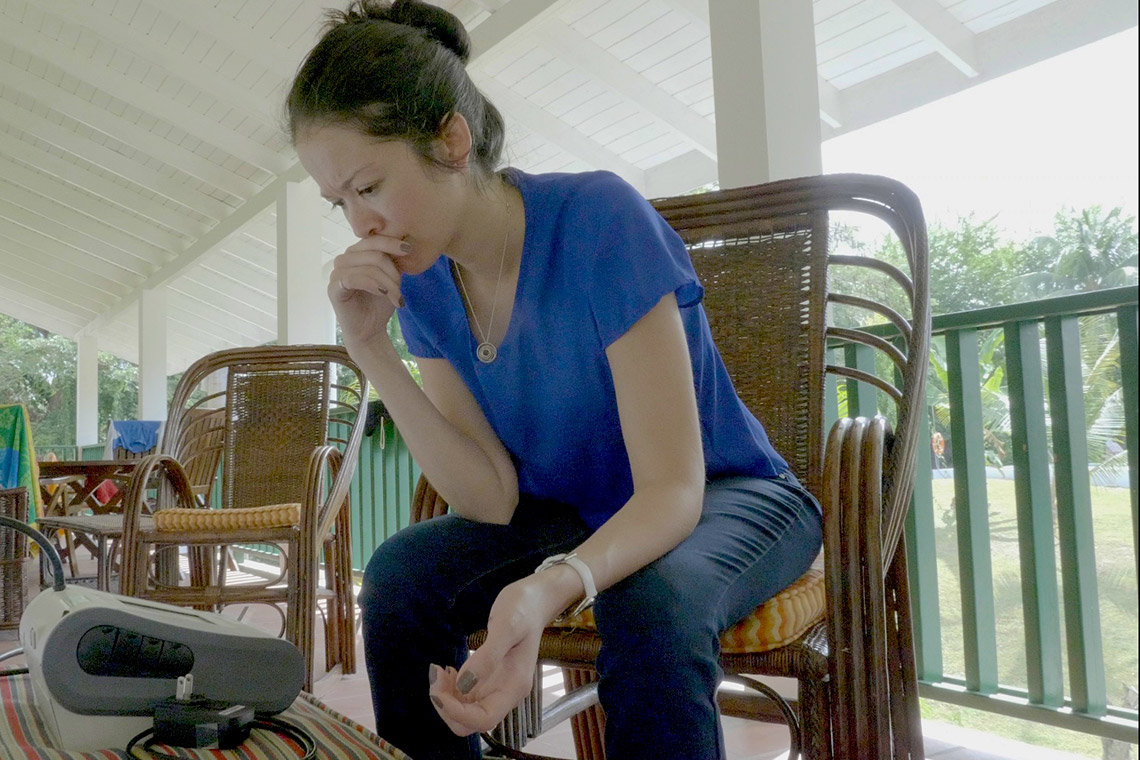
“Nobody monitors air quality here”: U of T researcher returns home to study Trinidad and Tobago emissions
A new study by a graduate student in the University of Toronto’s Faculty of Applied Science & Engineering measured significant concentrations of traffic-related air pollution near roadways in the small island nation of Trinidad and Tobago, reaching levels comparable to highways in major urban centres like Toronto and Detroit.
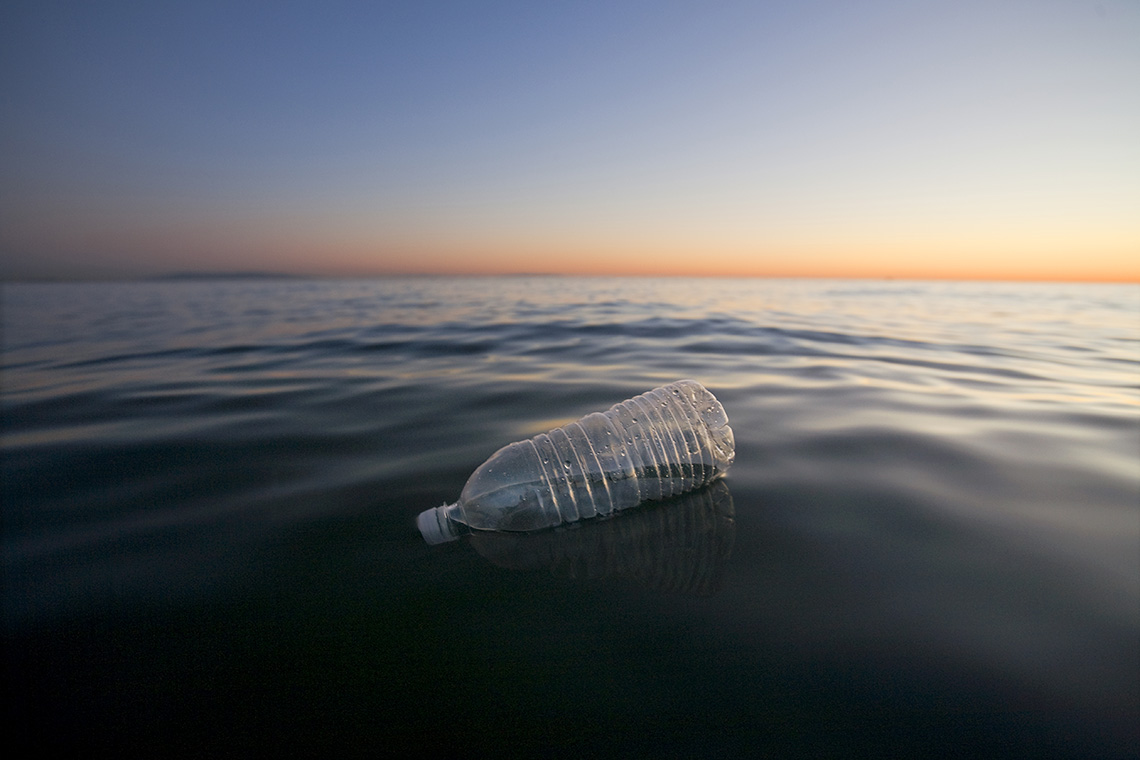
Plastic not just a problem in our oceans, also affecting the Great Lakes: U of T research
Chelsea Rochman, assistant professor of ecology and evolutionary biology at the University of Toronto, says we should be paying close attention to what’s taking place closer to home in the Great Lakes.
“The contamination in the Great Lakes and other bodies of freshwater from plastics and microplastics is ubiquitous,” says Rochman, who looks at plastic debris and its associated chemical contaminants.
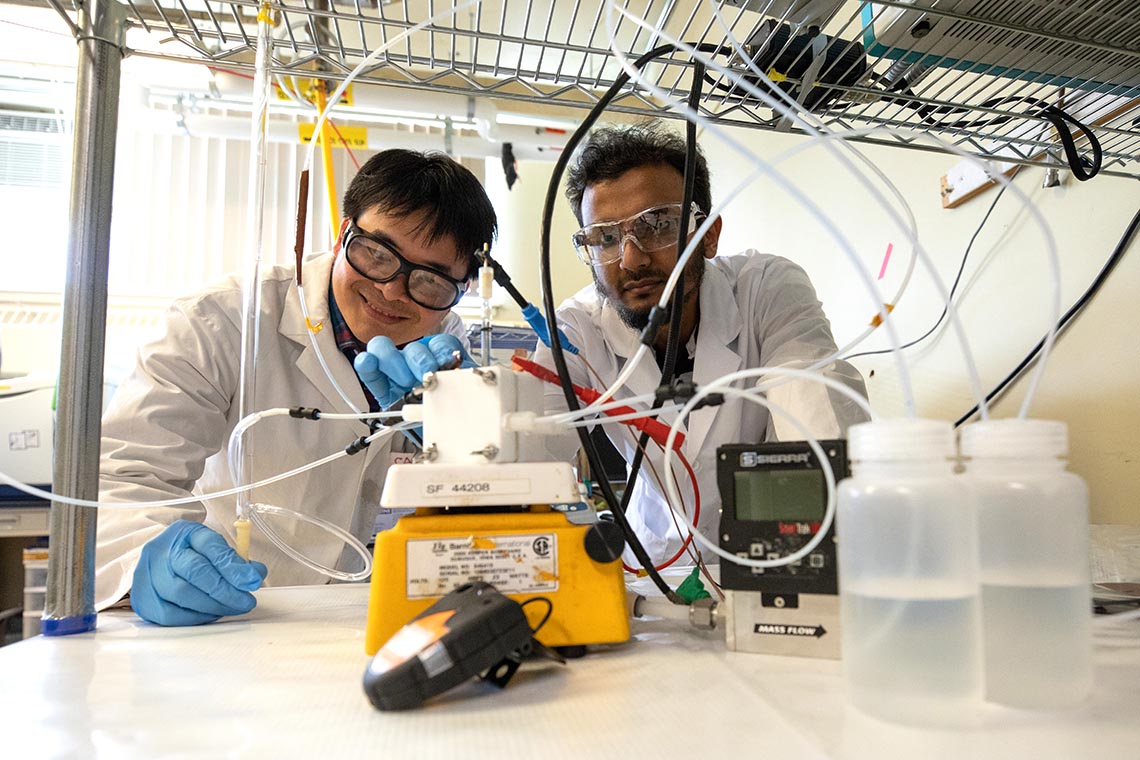
New catalyst developed at U of T upgrades greenhouse gas into renewable hydrocarbons
A new technology from the University of Toronto’s Faculty of Applied Science & Engineering is taking a substantial step towards enabling manufacturers to create plastics out of two key ingredients: sunshine and pollution.
